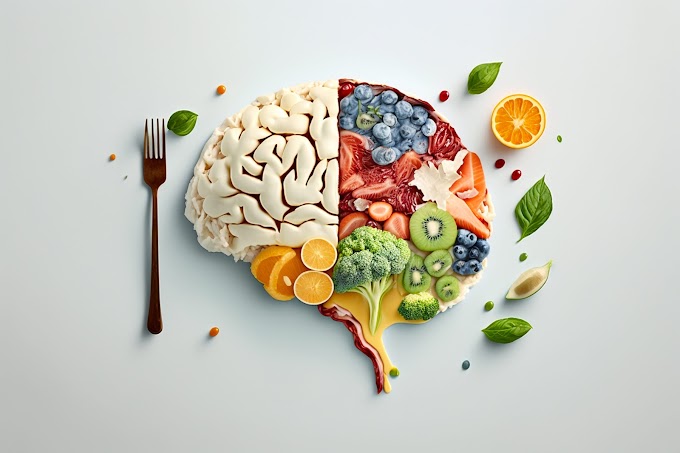Functional fitness focuses on exercises and movements that mimic everyday activities, helping you build strength, flexibility, and endurance that directly translate to improved performance in daily life. Unlike traditional gym workouts that isolate individual muscle groups, functional fitness emphasizes full-body movements that engage multiple muscles and joints simultaneously.
One of the key benefits of functional fitness is its practicality. By incorporating movements like squats, lunges, pushing, pulling, and twisting into your workout routine, you can improve your ability to perform common tasks such as lifting groceries, bending down to tie your shoes, or carrying heavy objects without strain or injury.
Additionally, functional fitness can help improve balance, stability, and coordination, reducing the risk of falls and enhancing overall mobility and quality of life, especially as you age.
To get started with functional fitness, focus on compound exercises that target multiple muscle groups, such as deadlifts, kettlebell swings, and medicine ball throws. Incorporate bodyweight movements like push-ups, pull-ups, and planks to improve core strength and stability.
Remember to start gradually and listen to your body, gradually increasing the intensity and complexity of your workouts over time. With consistency and dedication, functional fitness can help you build a strong, resilient body that's ready for whatever life throws your way.







